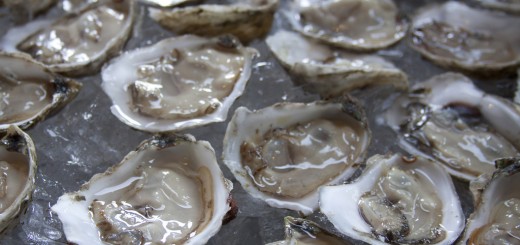Component 3: Field Study
3a) On your website complete the table of your group’s 3 favorite insights from oyster tastings done in class during weeks 4 (Tomales Bay, if you were in California), 6 (Taylor Shellfish), and 7 (Donedei Winery).
3b) Create a 1 (one) minute video of your group savoring oysters at location of your choice. How would you express your experience of savoring oysters in the Pacific Northwest? What is your experience of the meroir of oysters? What is the relationship between salt and meroir? One minute of a video addressing some aspect of at least one of these questions MUST be excerpted and posted to your website.
3c) Create a post of the most memorable oyster-related thing you tasted. Describe the experience in detail. Next, describe WHY this was your favorite or most memorable taste. To build on Proust’s “The Madeleine” and Zuzuki’s “Zen and the Art of Tea” in The Taste Culture Reader as well as M.F.K. Fisher’s Consider the Oyster as examples, please describe as precisely as possible where you tasted what, how it tasted, and why it was your favorite or most memorable taste of oysters. Fisher, Proust, and Zuzuki’s pieces of highly crafted “tasting” demonstrate possibilities for writing that makes present a key component of taste: the objectivities of human subjectivity (foibles and all). In addition to our seminar texts, here are some electronic resources for learning to taste and to describe the taste of oysters:
3d) The Multi-Cultural History and Contemporary Business of Oysters: In this component provide images and text that demonstrate what you learned during your Olympia oysters tasting and seminar work regarding the relationship between Native American oyster culture, historical Euro-American oyster exploitation, and contemporary business aspects of oysters. In particular, and based on your experience in relation to our seminar texts, please address how “meroir” (or components of meroir, such as oyster variety, where grown) is/are being used to increase value, establish authenticity, highlight gastronomic pleasure, and a sense of place in relationship to the business aspects of oysters within a historical and global context.



